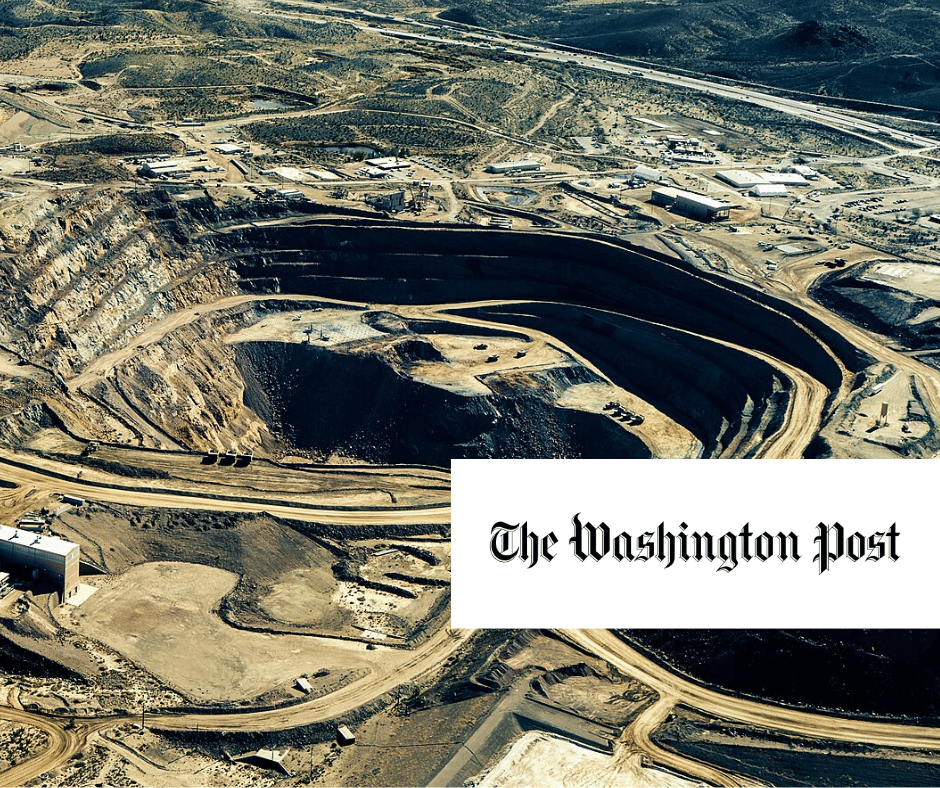On July 25th, the Bureau of Land Management (BLM), under the Department of Interior (DOI), offered four parcels of federal land –encompassing 4,720 acres– for oil and gas development in Nevada. This was the fifth onshore federal oil and gas lease sale of 2023; previous sales were held in Kansas and New Mexico in May and North Dakota, Wyoming, Louisiana, and Mississippi in June. But unlike the last sales, no parcel received bids in today’s lease sale.
This is not the first time a lease sale has received no bids in Nevada. In 2018, the Bureau of Land Management offered about 300,000 acres of federal land in Nevada and did not receive any bids. Four years earlier, the Bureau of Land Management was asked to prepare and make available 28 million acres of land in Nevada—more than half of the acreage of federal lands in the state—for oil and gas leasing, most of which did not get leased. As TCS documented in our recent report, Gaming the System II, continuous oil and gas leasing in Nevada, despite limited industry interest, has cost taxpayers millions of dollars in lost revenue and allowed hundreds of thousands of acres of federal land to be locked into non-producing leasing.
Almost all oil and gas production in Nevada happens on federal land (99% of oil and 93% of gas). However, oil and gas production on federal lands in Nevada is limited, accounting for just 0.1% and 0.0001%, respectively, of all oil and gas produced on federal lands. Given this low production level, most leased federal lands in Nevada sit idle and locked out of other uses. At the end of FY2022, there were 626,000 acres of federal land leased for oil and gas development in Nevada. But only 4.7% of those acres are producing, far below the national average of 52%. Of states with active federal oil and gas production, Nevada has the highest percentage of non-producing acres on federal land in the lower 48 states.
Allowing operators to hold federal leases without utilizing the associated oil and gas resources diminishes potential royalty-based revenue for taxpayers and restricts the utilization of valuable land for other purposes. Nearly 90% of the 57 million acres of federal land in Nevada remain available for oil and gas leasing, meaning that more acres with little to no potential for oil and gas development or other valuable uses like further energy development, conservation, and recreation.
Despite the high percentage of non-producing leases, Nevada has continued to offer and issue new leases for oil and gas development. Between FY2013 and FY2022, the federal government issued new leases for about 1.5 million acres of federal land in Nevada. Holding lease sales with little industry interest wastes federal agencies’ time and resources. From 2009 to 2019, BLM spent $17,000 to $178,000 per lease auction to conduct environmental assessments for all eligible nominated lands. However, few parcels were eventually leased, and taxpayers received minimal returns (bids, rents, royalties) on this initial investment. During that period, 87 million acres of federal land across the country were nominated for oil and gas leasing, but only 21 percent, or 14 million acres, were eventually leased.
Recent legislative and proposed administrative reforms, including efforts to prohibit land with low potential for oil and gas development from being offered in lease sales, will help bring the federal onshore oil and gas leasing system into the 21st century and prevent sales like we witnessed today.










